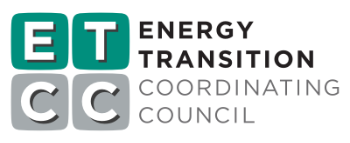Project Info
COMPLETE
Project Title
Central HVAC Advanced Electric Motor Lab Evaluation
Project Number ET23SWE0065 Organization SWE (Statewide Electric ETP) End-use Process Loads Sector Commercial Project Year(s) 2023 - 2025Project Results
The Western Cooling Efficiency Center at the University of California, Davis, completed a field evaluation of advanced electric motor technology in hydronic pumping for the variable air volume HVAC system of a three-story, 47,459-square-foot office building constructed in 1998. The study compared the performance of ferrite-assisted synchronous reluctance motors, a type of permanent magnet-assisted synchronous reluctance motor, against the commonly used National Electrical Manufacturers Association premium induction motors. New motors, variable frequency drives, and pump heads of both the upgrade and baseline types were installed side by side in a variable speed pumping application for heating hot water and chilled water. The advanced motors were compatible with standard pump mounts and required minimal changes to installation procedures or building energy management controls. Electricians noted minor differences in VFD setup, but no additional training or tools were needed. On the heating hot water system, the ferrite-assisted synchronous reluctance motor reduced measured energy use by 18 percent, with an expected simple payback of 0.34 years for motor additional equipment cost only, or 3.3 years including the full equipment cost of a new variable frequency drive, assuming $0.39/kWh tariff. Calculating the baseline motor energy consumption to correct for asynchronous motor slip increases the predicted energy savings to 28 percent for a simple payback of 0.25 years for motor equipment cost premium or 2.4 years including the full equipment cost of a new VFD. On the chilled water system, the ferrite-assisted synchronous reluctance motor reduced measured energy use by 17.9 percent, with a simple payback of 2 years for motor additional equipment cost only, or 5 years including the full equipment cost of a new VFD. Adjusted to correct for baseline motor slip, the savings are 18.9 percent with a simple payback of 1.3 years for the motor equipment cost premium; adding the full equipment cost of a new VFD, the simple payback would be 4.4 years. This study demonstrates that ferrite-assisted synchronous reluctance motors can deliver meaningful energy savings in hydronic HVAC systems with minimal changes to standard retrofit practices. The results of this project support further deployment of this technology and provide a foundation for utility program development, a comparison for future energy savings simulation estimates, and are a resource for contractor training.
Project Report Document
Loading PDF Preview...
